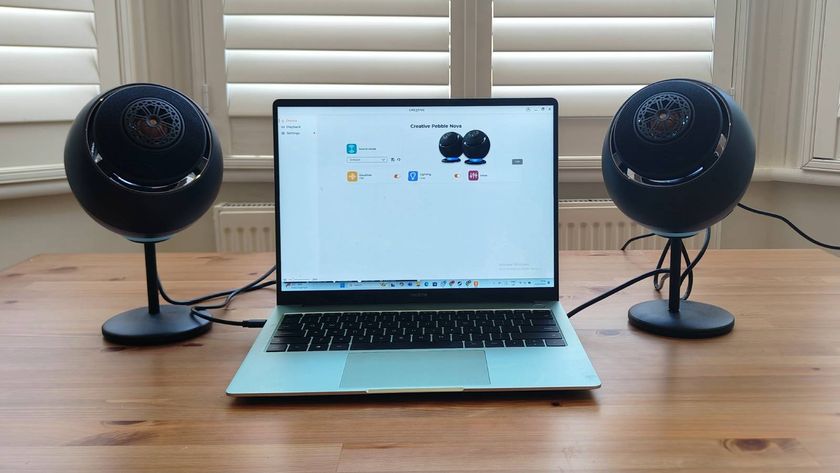TechRadar Verdict
For people with money, this is a truly world-class update for iPhoto. But the pro features need work to please the target market
Pros
- +
Brilliant layout
- +
Lightbox and magnifying tool
- +
Versioning
Cons
- -
Brilliant layout
- -
Lightbox and magnifying tool
- -
Versioning
Why you can trust TechRadar
Apple has added another program to its range of professional digital editing tools, this time aimed at pro digital photographers and their post-production needs. At the heart of Aperture is the ability to handle RAW files swiftly.
Pro photographers will be won or lost by this core ability alone. If Apple can pull that off, it will have carved out a large chunk of the digital imaging market for itself.
Aperture started to draw abuse from photographers before it was launched and the flak has continued. Criticism has come in two flavours: slowness and process inefficiencies. Speed is the critical issue. The whole premise of Aperture, and its much-paraded selling point, is its ability to handle RAW files quickly and this just doesn't happen. It imports files at the rate of your average ice age, and a long time is needed to apply metadata tags batches at a time.
Tellingly, when we let Apple know our test machine's specs, which are comfortably within Aperture's spec range, it still sent us review software preinstalled on a lean Power Mac G5 Quad with RAM in abundance.
This was a good move by Apple, because when our boxed copy arrived separately the Apple Compatibility Checker told us that our 1.8GHz Power Mac G5 - running an NVIDIA 5200 graphics card and 1GB of RAM - was too weak a machine, contrary to Apple's online technical specifications.
RAW power?
Even on the Quad though, things can hang, especially during large imports. We dropped 50 RAW files from a CompactFlash card into Aperture as our first action with the app, and had enough time to go and get a cup of tea, come back and get comfortable, and still see a dozen shots left to load. It's slow.
People expecting lightning-fast workflows are going to be disappointed. In its favour, you do get thumbnails of RAW files on camera cards appearing in Aperture before you import anything, so this could save some time. Still, the per image download rate sucks.
For professionals, the main performance gripe has been, bizarrely, to do with Aperture's RAW conversion engine - the program's centrepiece. A baying crowd of photographers foaming at the mouth are saying that RAW file conversion into TIFF files produces noisy images around JPEG quality.
Also, as Aperture saves adjustments as sets of output instructions rather than creating new images, each time you output an adjusted image it has to convert the RAW original. This is a catch-22 situation in terms of time management, because while you do save time during the editing by not having to make duplicates, this time gain is lost during output.
Generally the claim that Aperture is an all-in-one digital imaging application doesn't hold much water. This would be true if you only made common adjustments and retouches to whole images, but if you want to zoom into photos and change elements creatively you will need Photoshop or a competitor. In Aperture you can't cut, add layers or warp, and your list of filters is dwarfed by Photoshop.
There's also no pixel-level eyedropper tool so, unlike Photoshop, you can't put the tip of the dropper onto a pixel and get a readings table off that colour - you can't know if the black in the shot is an absolute black, for example. Also, EXIF metadata doesn't export to Photoshop. The list goes on...
Another downside is its price. Adobe's DNG & RAW plug-in for Photoshop - called Camera RAW - is free, and gives you RAW file handling with all of Photoshop's features. Adobe Bridge will give you a file browser for viewing the RAW files too, and can be accessed from any application across Adobe's Creative Suite.
Aperture certainly has a much better layout and feel than both of these working in tandem, but we seriously question whether a better layout warrants a £300 price tag.
Away from pro photographers' grumbles, there is still plenty in Aperture for us lesser mortals to get our teeth into. Just view it as a monster update for iPhoto. When you are not either importing or exporting, editing times are fast. Moving around between folders and images is simple, and there's a stacking feature for browsing versions of an image. It's a very impressive layout, though perhaps the font size used to denote button types is a tad small.
Searches by metatag are also detailed. Upon import you can assign keywords and data tags to each file, or to a batch to speed up future searches. The files are shown in a main panel and can be listed by name or laid out as larger thumbnails, and you can toggle between the two quickly.
When you do import you see thumbnails of all ready-to-be-imported images prior to actually downloading them. And you can select which folder you want to assign them to, with the help of a slick folder guidance tool. It feels like an evolutionary step ahead of iPhoto but, let's face it, that's not a tricky prospect.
It's all good, is it?
Aperture automatically adjusts images to fit the colour profile of your screen or an output profile, which gives you a proofing stage before output. The profiles are customisable, too. This is very useful for art editors.
Our art editor was also impressed by Aperture's cool magnifying tool, which throws image details from any size of thumbnail into zoom at fast speeds and floats over as many images as you like. The lightbox feature is a winner, too. You can drag any photo from a group and arrange selections quickly, save as groups, or output.
Also in the lightbox is a Lift and Stamp tool, which will lift the adjustments made to one image and stamp those onto another, or even apply them to a whole batch. If photos come out underdeveloped you could realign the light on one shot and click the changes onto the rest.
There are handy outputting tools, too. Aperture has standard and customisable book, contact sheet and web templates that blow iPhoto away. Any batch can be in one of these templates in a jiffy and Aperture optimises output or lets you switch templates around easily.
We were impressed by the depth of features in Aperture, but the pros really aren't interested in what they see as Aperture's bonus features. Aperture has a pro price tag but doesn't offer pro performance. The RAW conversion engine needs some serious work and its faults make Aperture feel like a work in progress. It could do with a stripped-down express version to let it run on lower-spec machines, too.
If you have the money to spend on radically improving your iPhoto sessions, you'll do well with Aperture. But, if you're a pro looking for streamlined RAW file handling, you may want to hold out for future updates to see what improvements can be made. These are needed, and we feel sure they will come in time. James Ellerbeck
Away from pro photographers' grumbles, there is plenty here for us lesser mortals to get our teeth into
Tech.co.uk was the former name of TechRadar.com. Its staff were at the forefront of the digital publishing revolution, and spearheaded the move to bring consumer technology journalism to its natural home – online. Many of the current TechRadar staff started life a Tech.co.uk staff writer, covering everything from the emerging smartphone market to the evolving market of personal computers. Think of it as the building blocks of the TechRadar you love today.





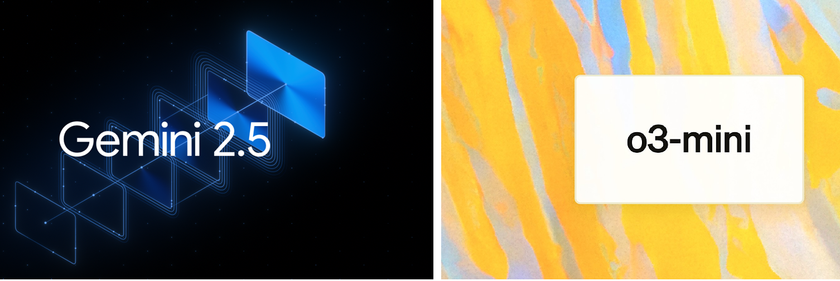


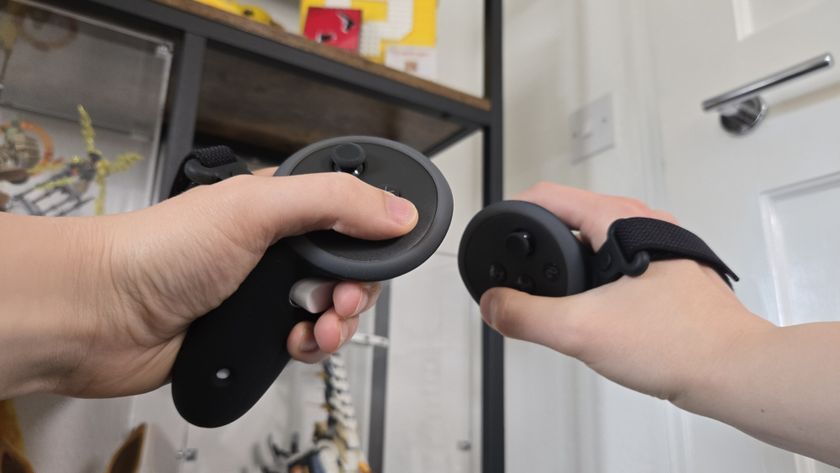
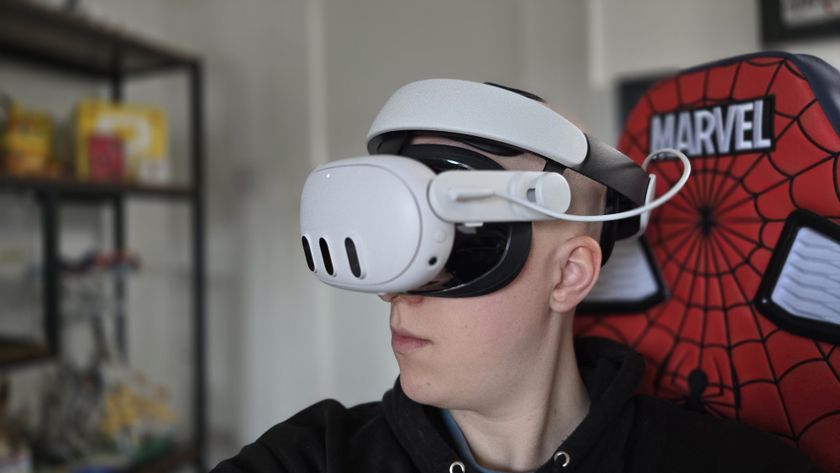
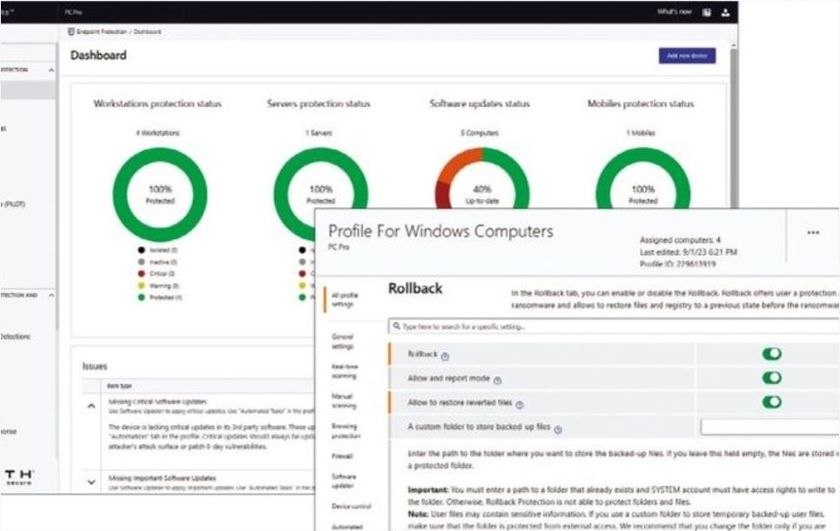
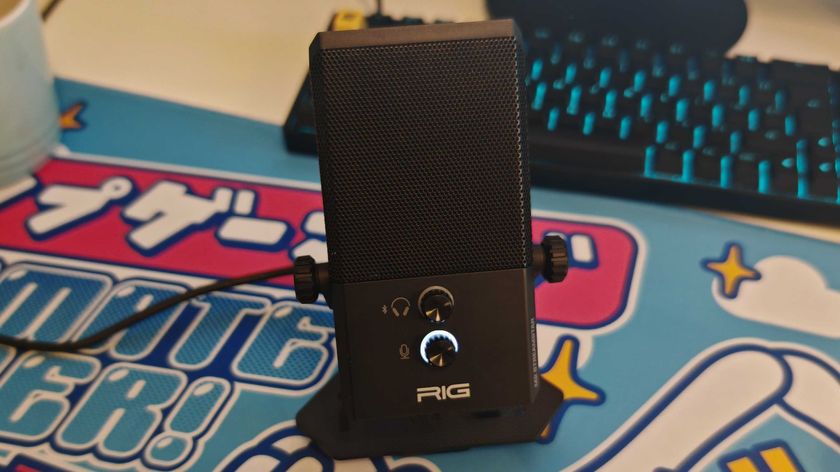
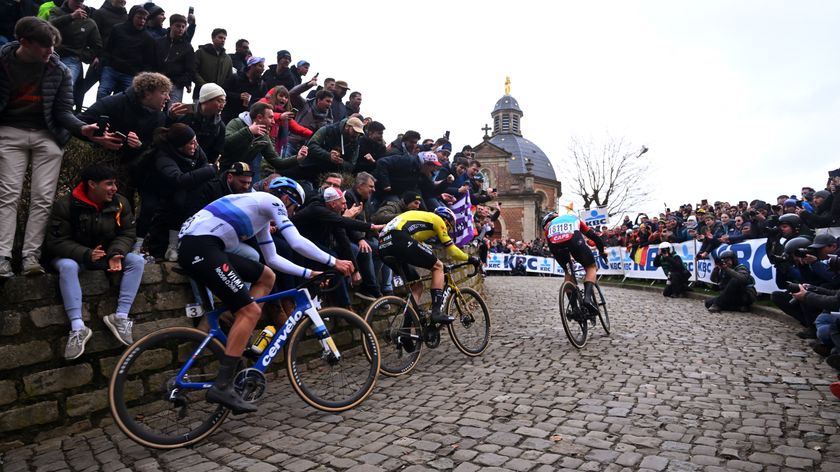
E3 Saxo Bank Classic live stream 2025: How to watch WorldTour cycling online from anywhere

I refuse to jump on ChatGPT’s Studio Ghibli image generator bandwagon because it goes against everything I love about those movies

Nintendo's new app gave us another look at the Switch 2, and there's something different with the Joy-Con



